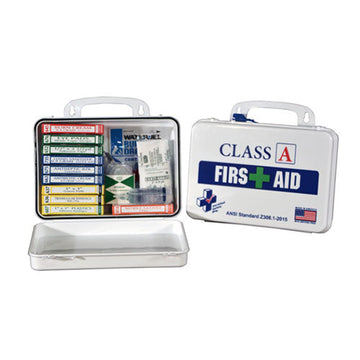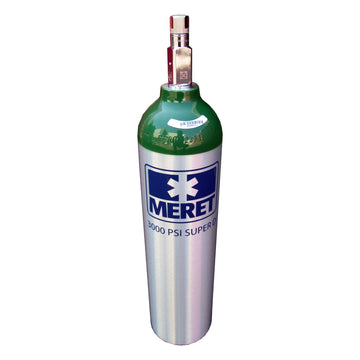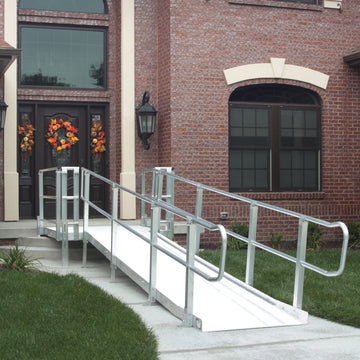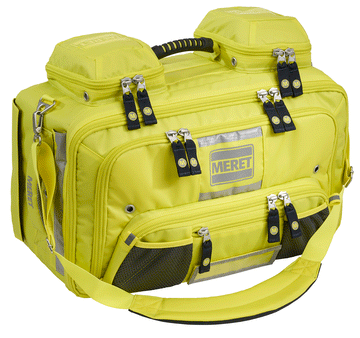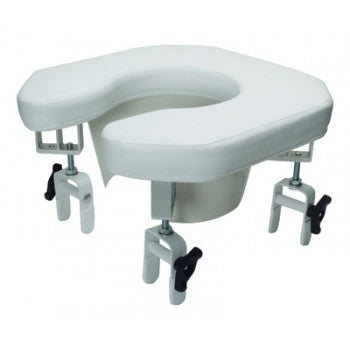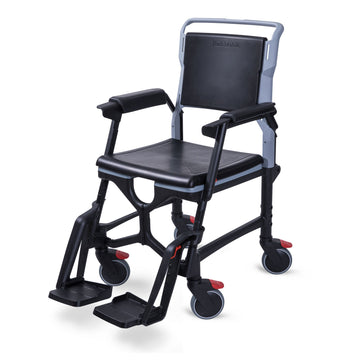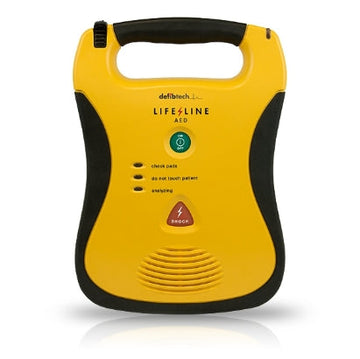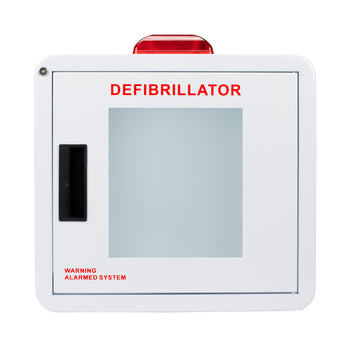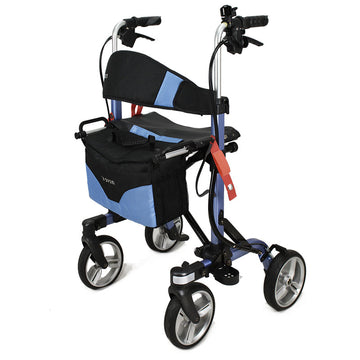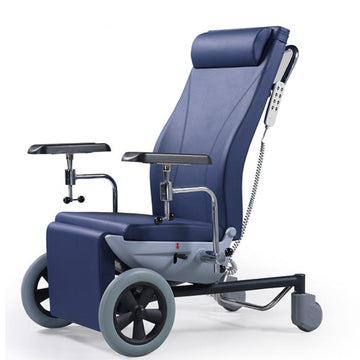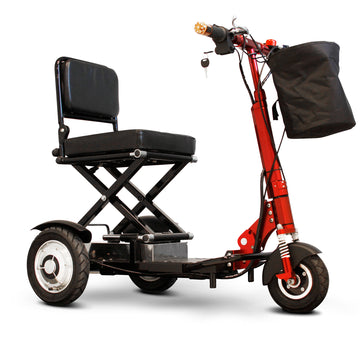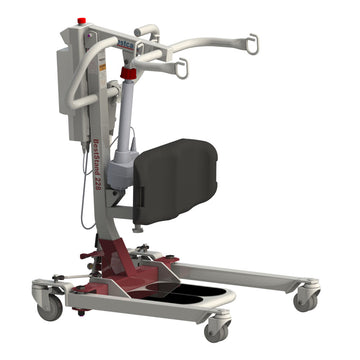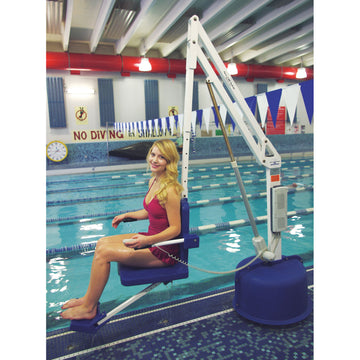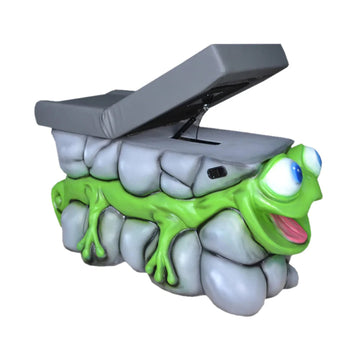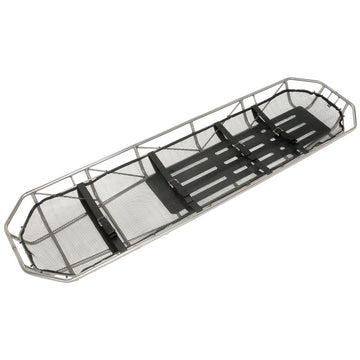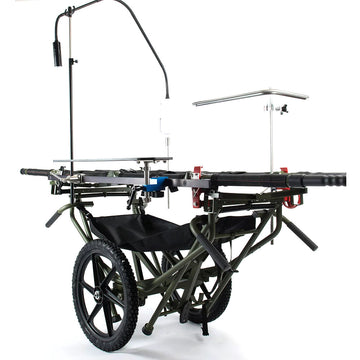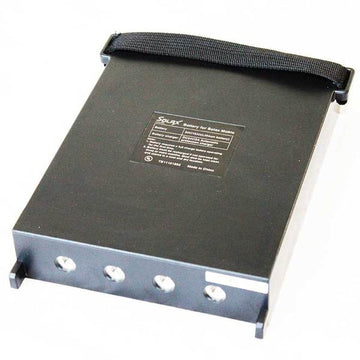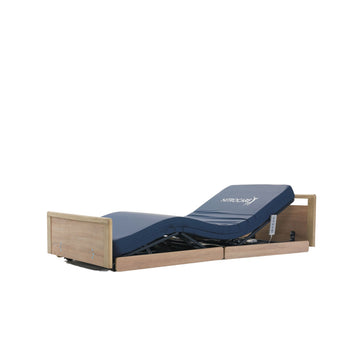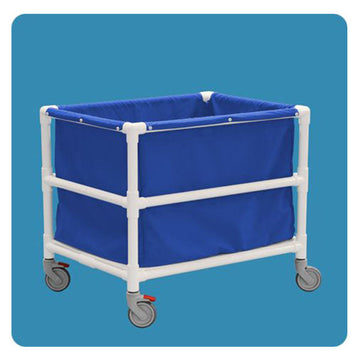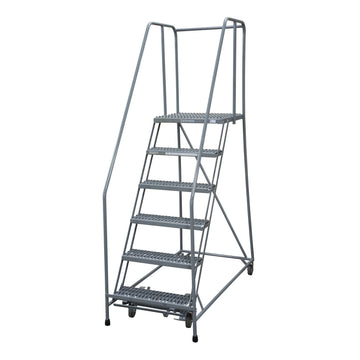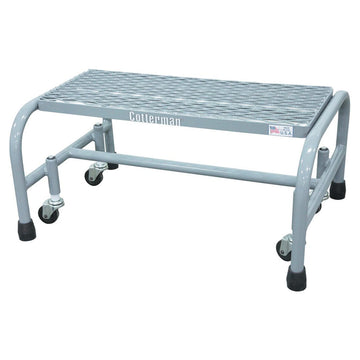When every second counts, a well-organized inventory of emergency medical supplies can mean the difference between life and death. Even a brief delay in locating the right medication or equipment can compromise patient safety and put additional pressure on hospital staff.
For small hospitals often the community’s first line of defense preparation is critical. Limited budgets, tight storage spaces, and lean staffing make every stocked item essential. A detailed, regularly updated checklist keeps life-saving equipment and vital medications ready to use, ensuring faster response times, better patient outcomes, and full compliance with regulatory standards.
Why an Inventory Checklist Matters
Small hospitals face unique challenges: limited budgets, tight storage spaces, and fluctuating staffing levels. These factors make precise stock control essential.
An emergency medical supply checklist helps by:
- Ensuring critical medications and equipment are always available and up to date.
- Helping staff quickly identify missing or expired items.
- Supporting compliance with regulatory standards and safety protocols.
A comprehensive checklist is more than a record it’s a practical tool for efficiency, safety, and readiness.
Life-Saving Equipment and Monitoring Devices
Reliable equipment is just as important as medications. Your checklist should include devices that provide immediate life support and continuous monitoring, such as:
1. Oxygen Delivery Systems
These provide a steady flow of medical-grade oxygen for patients experiencing respiratory distress or cardiac emergencies. Cylinders should be easy to refill, securely stored, and compatible with regulators so staff can adjust flow rates for different patient needs. Consider adding a reminder in your checklist to inspect regulators and check cylinder pressure levels during every inventory review to ensure readiness. Hospitals often use models such as LIFE EMS Oxygen Cylinders as a reliable example for this purpose.
2. Blood Pressure Monitors
Accurate, easy-to-read monitors are essential for tracking blood pressure and responding quickly to sudden changes in a patient’s condition. Look for a device with a clear digital display and built-in classification guide to simplify interpretation. The Proactive Protekt BP Upper Arm Blood Pressure Monitor fits these needs well, offering dependable readings and a WHO indicator that makes results easy to evaluate in urgent situations.
3. Automated External Defibrillators (AEDs)
Crucial for rapid response to sudden cardiac arrest, these devices analyze heart rhythms and deliver a life-saving shock when every second matters. Easy-to-use models with clear voice prompts are ideal for both medical staff and trained lay responders. Reliable options, such as the LIFE EMS AED line, are designed for quick deployment and consistent performance during emergencies.
4. Pulse Oximeters
These compact devices provide real-time oxygen saturation levels and heart rate readings, enabling early detection of respiratory distress or hypoxia. Their quick, noninvasive measurements help staff respond before a patient’s condition becomes critical. Hospitals often use dependable models such as the Compass Health Fingertip Pulse Oximeter for consistent accuracy in fast-paced settings.
5. Cardiac or Multi-Parameter Monitors
These devices provide real-time oxygen saturation levels and heart rate readings, allowing early detection of respiratory distress or hypoxia. Quick, noninvasive measurements help clinicians respond before a patient’s condition becomes critical. For facilities seeking added functionality, the Seca Medical Vital Signs Analyzer with Bioelectrical Impedance Analysis offers integrated pulse oximetry along with advanced body-composition data, supporting a more comprehensive patient assessment.
6. Core Medications and First-Aid Supplies
An effective checklist starts with essential medications and first-aid materials. Hospitals should keep pain relievers such as acetaminophen and ibuprofen readily available to manage pain and fever. Antihistamines help control allergic reactions like swelling or hives, while hydrocortisone cream soothes inflammation and skin irritation. Epinephrine auto-injectors remain critical for severe allergic responses, enabling rapid treatment when every second matters.
A well-equipped first-aid kit is equally important. Adhesive tape and elastic wraps support sprains and secure dressings. Butterfly bandages close small cuts efficiently, and sterile gauze pads absorb fluids while protecting wounds from infection. To ensure reliability, all medications and supplies must be stored in secure, temperature-controlled conditions and kept separate from food or other potential contaminants.
Storage and Inventory Management
Maintaining proper storage conditions protects both staff and patients. Dedicated, clearly labeled areas should be used for pharmaceuticals, and climate-controlled environments with temperature alarms ensure that sensitive items remain effective. Routine inspections are necessary to check expiration dates, stock levels, and packaging integrity. Accurate records simplify audits and make replenishment more efficient, keeping the hospital ready for any situation.
Emergency Contacts and After-Hours Protocols
An up-to-date contact list ensures seamless communication:
- Local fire, police, and ambulance services.
- Poison control hotlines and specialty care centers.
- On-call medical personnel.
Post clear signage with after-hours instructions so staff can reach emergency responders quickly when the hospital operates outside normal hours.
Compliance and Safety
Adhering to health regulations is critical for patient safety and legal protection. Regular audits prevent expired or compromised items from remaining in stock, and strict hygiene practices safeguard sterile environments. Proper disposal of biohazardous waste and detailed documentation support accountability and traceability, ensuring the hospital meets all regulatory requirements.
Where to Buy Quality Medical Supplies Online?
For top-quality medical supplies and equipment, Rescue Supply is your trusted source, offering a wide range of products designed to meet the highest standards of performance, reliability, and safety. Explore our selection of medical supplies to find the right items for your needs. LINK
Final Thoughts
A comprehensive emergency medical supply inventory checklist is more than a best practice it’s a critical safeguard for any small hospital. Consistently stocking quality medications, essential equipment, and maintaining well-organized storage allows staff to act quickly and confidently when emergencies occur. Routine audits, careful selection of reliable tools, and unwavering attention to safety standards together foster stronger patient outcomes and a more resilient healthcare system.


